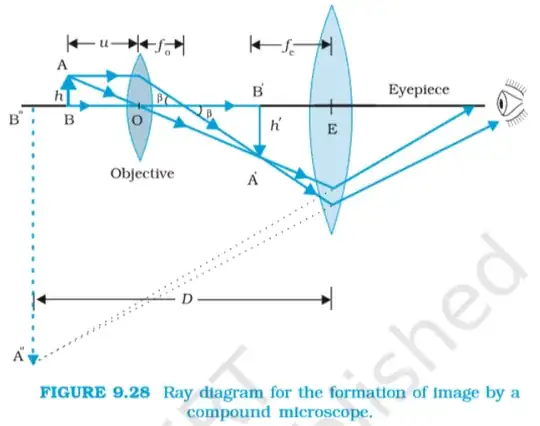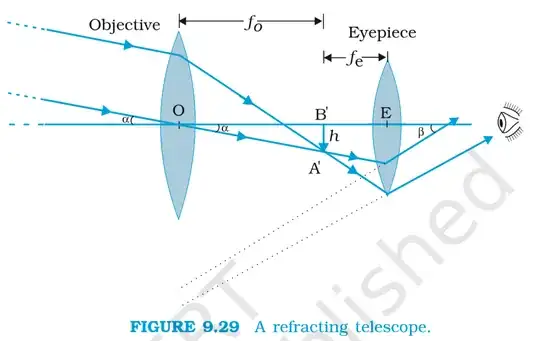I got this question after I leant about microscopes and telescopes from my textbook. In a simplified compound microscope, the objective has a smaller aperture and a smaller focal length compared to the eyepiece, as shown below:

In a simplified astronomical telescope, the objective has a larger aperture and a larger focal length compared to the eyepiece, as shown below:

In both simplified versions of a microscope and a telescope, there is one lens which has a larger aperture and a larger focal length compared to the other lens. In both of the these optical instruments the tube length could be adjusted. Whether the larger lens faces the object or the observer depends upon the use - whether it's to observe a distant star or a nearby bacteria.
So, theoretically, is it possible to use an astronomical telescope as a compound microscope and vice versa? I think the answer must be yes due to simple logic and principle of reversibility of light.
Please note: My question is different from this one - Compound microscope vs astronomical telescope - which asks about the reason due to which we choose different apertures and focal lengths of the objective and the eye piece. Further, from my initial Google search results, I found this Quora answer which states "...compound optics that magnify one way un-magnify in the other" but this contradicts my understanding of the principle of reversibility of light.
Both images are from Physics Part-II Textbook for Class XII (NCERT) | Source